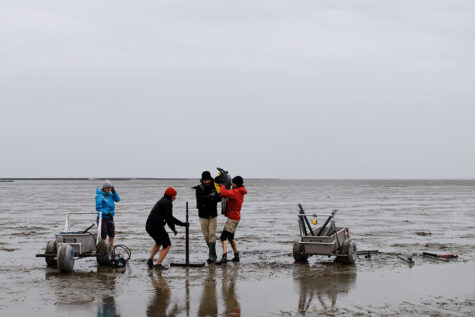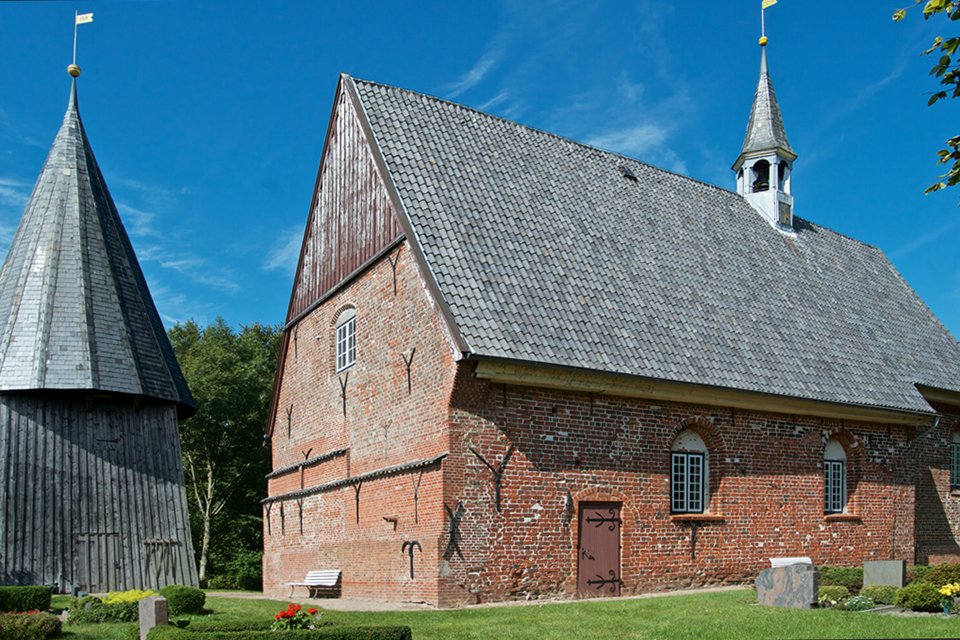The medieval town of Rungholt drowned in a storm surge in 1362. Today, it lies submerged in shallow waters outside the Westcoast of Northern Germany. Recent surveys have led to the location of the large and impressive church, which was swept aside in the storm

In 1362, a terrible storm broke through the dykes in the Wadden Sea, protecting medieval people living in the marshy foreland. Later called the Grote Mandrenke – The Great Drowning of Men – a whole town, together with 42 parishes, disappeared. New research has uncovered the long-lost church of Rungholt which turned out to have been an impressive building.
– The key to the successful excavation of Rungholt in the Wadden Sea lies in close interdisciplinary collaboration, uncovering the settlement hidden under the mudflats are first localized and mapped using various geophysical methods such as magnetic gradiometry, electromagnetic induction, and seismic, explains Dr Dennis Wilken, a geophysicist at Kiel University.
– Based on this prospect, we selectively bored out sediment cores that allow us to uncover spatial and temporal dimensions of the interplay between settlement structures and landscape development.”, adds Dr Hanna Hadler from the Institute of Geography at Mainz University.
The Church
Earlier Archaeological investigations at selected sites recently provided unique insights into the life of the North Frisian settlers at the time of the catastrophe.
However, in May 2023, a previously unknown long chain of medieval terps or warfts – artificial settlement mounds – were discovered near Hallig Südfall; without doubt, one of these terms showed structures that may be interpreted as the foundations of a church, 40 meters long and 15 meters wide. Excavations have provided initial insights into the structure and foundations of the building covering 600m2. The size of the remains equals the other large churches still standing in North Frisia, for instance, at Ejderstedt.
Apart from the remains of the church, 54 terps have been uncovered, including well-laid-out drainage systems, a sea dike, and a tidal gate designed to protect the harbour.
Without a doubt, the settlement must be identified as Rungholt, which housed the administration of Edomshard ( the local hundred).
However, erosion threatens cultural remains, and scientists call for a renewed effort to intensify the exploration of the submerged cultural landscape.
“Around Hallig Südfall and in other mudflats, the medieval settlement remains are already heavily eroded and often only detectable as negative imprints. This is also very evident around the church’s location, so we urgently need to intensify research here,” says Dr. Hanna Hadler.
SOURCE:
Joint scientific project locates the sunken church of Rungholt in the North Frisian Wadden Sea in Germany. 24 May 2023.
Issued by The State Archaeology Department of Schleswig-Holstein, The Center for Baltic and Scandinavian Archaeology, Kiel University, And the Johannes Gutenberg University in Mainz.
READ MORE:
